Vigneron A Mareuil Sur Cher
Cave du Vieux-Moulin (Romain Papilloud)
Grand Cru Amigne de Vetroz 2016
Color : White
Wine estate : Romain Papilloud
Designation : Vétroz (AOC Valais)
Name : Amigne Grand Cru de Vétroz
Country : Switzerland
Vivino : 4/5
Note : Romain Papilloud, self-made-man, became a winemaker in 1979 and owner in 1987. The majority of his vineyard is located in Vétroz (Valais, Switzerland). We will observe on the top of the bottle 1 to 3 bees which represents the sugar content (A bee means 0 to 8 grams).
With a yellow robe, the nose of this amine is rich with flavors of citrus (tangerine) and honey. On the palate, a beautiful structure with apricot flavors and a delicacy in the end.
----------
Romain Papilloud, autodidacte, devient vigneron en 1979 et propriétaire en 1987. La majorité de son vignoble est situé à Vétroz (Valais, Suisse). On observera sur le haut de la bouteille 1 à 3 abeilles qui représente la teneur en sucre (Une abeille signifie 0 à 8 grammes).
Avec une robe jaune, le nez de cette amigne est riche avec des saveurs d’agrumes (mandarine) et de miel. En bouche, une belle structure avec des saveurs d’abricot et une gourmandise en final.
----------
👍🏻Vivino, FB : GabWine | IG : gabriel_dvl 🥂 — 7 years ago
R. Pouillon & Fils
Réserve Brut Champagne Blend
Bought this lovely Champagne at a wine shop in the Marais near Village St. Paul in Paris. Asking for a good pairing with Munster, it works very well with the strong cheese. The yeasty flavours of both cheese and champagne are a good match for each other. — 8 years ago
Marc Hébrart
Prestige Brut 1er Cru Champagne Blend
A great example of what a sur-lies wine should taste like. At first very mineral on nose and palate with grapefruit peel and yogurt notes; green apple and apricot seed. Then pineapple notes started to emerge always with a strong lies aroma. Elegant blanc de blancs. — 8 years ago
R. Pouillon & Fils
Chemin du Bois Mareuil-Sur-Aÿ Champagne Blend 2008
Delicious bland de noirs, full, round body, nose with a very clean, dairy/cream note, raspberry, red apple. — 9 years ago
R. Pouillon & Fils
Brut Blanc de Blancs 1er Cru Champagne Chardonnay
Pretty with good focus to the citrus fruit tones. Just a touch of complexity from 3 years on the lees. — 9 years ago
Domaine Dehours
Mareuil le Port Coteaux Champenois Champagne Blend 2005
A great find in our parents' cellar. Maturing well but has a strong acidity that plays off well with the aging flavor. — 10 years ago
R. Pouillon & Fils
Cuvée de Réserve Brut Champagne
Holdin a baby, drinkin some bubbles. Life is good. — 11 years ago

L. Bénard-Pitois
Brut Mareuil-Sur-Ay 1er Cru Rosé
A fresh, light, crisp and vibrant Rosé. Enjoyed it immensely — 11 years ago
L. Bérnard-Pitois
Brut Réserve 1er Cru Champagne Blend
Took home a bottle of this one. That says a lot for this reserve brut!!!
— 11 years ago
Marc Hébrart
Cuvée de Réserve Brut 1er Cru Champagne Blend
A very soft balanced Rośe Champagne — 7 years ago
Domaine Greiner
Alsace Gewurztraminer
Color : White
Wine estate : Domaine Greiner
Designation : Alsace
Name : Gewürztraminer
Country : France
Vivino : 4/5
Note : In blind tasting with two other wines better rated, it becomes an incredible surprise with a freshness and a fascinating aromatic and very pleasant. In the mouth, a beautiful length, we feel the team work of the winemaker. The family team is authentic and very welcoming, highly recommended!
A final on ripe fruits, a little caramelized and a sweetness in conclusion.
----------
En dégustation à l’aveugle avec deux autre vins mieux cotés, il devient une incroyable surprise avec une fraîcheur et une aromatique prenante et très agréable. En bouche, une belle longueur, on sent le travail en équipe du vigneron. L’équipe familiale est authentique et très accueillante, fortement recommandé !
Une finale sur les fruits mûres, un peu caramélisé et une douceur en conclusion.
----------
👍🏻Vivino, FB : GabWine | IG : gabriel_dvl 🥂 — 7 years ago
Philipponnat
Clos des Goisses Brut Champagne Blend 1996
Needed to take its own sweet time coming to its senses in the glass... slightly oxidized at first, and becoming more and more enjoyable after a while. Stunning for a 20+ year bubbly. Lovely too. — 8 years ago
Domaine Bruno Clair
Les Champs Perdrix Vosne-Romanee 1er Cru Pinot Noir 2009
Rubis brillant
Nez fruit rouge groseille épices notes viandées
Bouche attaque un peu sur l alcool et sur l acidite
Milieu un peu aqueux
Finale longue sur l epice mais un peu trop sur l alcool et matière trop tendue
Pour moi un vin doit aller plus loin ici l empreinte du vigneron domine l appelation
A l aveugle j aurais dit Morey ou chambolle mais pas vosne — 8 years ago
Billecart-Salmon
Brut Rosé Champagne Chardonnay Blend
If you read my posts, it's no secret I really enjoy their Rosé Champagne. Always consistently great and delicious. On the nose; spring florals, sea spray, chalky minerals, tangerine, black cherry, raspberry, watermelon & strawberries. On the palate; tangerine, black cherry, raspberry, watermelon & strawberries, saline, beautiful sticky palate chalkiness, pink roses, baguette, amazing minerality, finish and acidity. Photos of; their house, vineyard and cellar. Producer history and notes...Bilecart was founded in 1818, by husband and wife Nicolas François Billecart and Elisabeth Salmon. For nearly two hundred years, the Billecart family has been making exceptional champagne. Today the House remains independent and is run by the family’s seventh generation under François Roland-Billecart. The Billecart-Salmon House covers around 50 hectares, and gets its grapes from a total of 170 hectares of land. Meaning...they also have a number of great relationships with grape growers. At the foot of the Mareuil-sur-Aÿ hill, the Billecart-Salmon family cultivates one hectare of Pinot Noir on a single, enclosed parcel; the Clos Saint Hilaire. Billecart uses modern and innovative technology to constantly improve the quality of its champagne. From the Côte des Blancs to the Reims Mountain and the right bank of the Marne River are some of the greatest sites for Chardonnay, Pinot Noir and Pinot Meunier. These grapes/sites are all used to make beautiful Billecart champagnes.
— 8 years ago


R. Pouillon & Fils
Les Blanchiens Brut Nature 1er Cru Champagne Blend 2008
Starting to become a great producer at every level in my opinion. Fresh and lively and joyous to drink — 9 years ago
Gaston Chiquet
Special Club Brut Champagne Blend 2007
70% Chardonnay, 30% Pinot Noir and all grand Cru (Hautvilliers, Dizy and Mareuil-sur-Ay). Seven years on the lees. Pale gold with a shot of green. Tiny bubbles and huge aroma of brioche, lemon drop and quince all accented with a wirey herbal note. Elegant on the palate and very long in the mouth. The wine seems to tingle with electricity. The French would say it has "nerve." — 10 years ago
Philipponnat
Grand Blanc Brut Champagne Blend
I enjoyed this wine, all I can say id that I'd save this for a wedding so people remember the great champagne! 😜 — 10 years ago
Jacques Selosse
Lieux Dits Mareuil Sur Aÿ Sous Le Mont Extra Brut Grand Cru Champagne Blend 2010
Very interesting and delicious showing how far one can push and still have freshness even with a fairly oxidative style. Cool. — 11 years ago
Audrey et Christian Binner
Cuvée Béatrice Tokay Pinot Gris 1997
Tokay Pinot gris « Cuvée Béatrice » de 1997 – Joseph et Christian Binner
Boire un vin d’Alsace de la maison Binner, c’est toujours un moment particulier. Non seulement car la maîtrise de ce vigneron est incroyable mais aussi car ses vins ont tous une identité, une signature.
Mais lorsque l’on vient à ouvrir un Tokay Pinot gris « Cuvée Béatrice » de 1997, l’expérience devient alors magnifique !
La robe cuivrée et limpide laisse deviner que le temps a fait son travail de maturation et de concentration des arômes. Et pourtant, il n’a en rien altéré la fraîcheur de ce vin. Le nez est resté somptueux et intact, opulent et généreux, sur une légère note de miel brioché. Les fruits blancs sont compotés alors que les fleurs, blanches elles aussi, restent délicatement présentes et spontanées.
En bouche, le volume est large et imposant. On trouve ce qu’il faut de sucre et d’acidité, ce qui crée un vin rond, moelleux, très légèrement liquoreux tout en restant parfaitement équilibré. La longueur vient finir parfaitement l’expérience, grâce notamment à une belle matière.
Ce n’est plus un vin, mais une véritable gourmandise, vers laquelle on revient avec enthousiasme, par pur plaisir des sens.
Et alors même que le niveau de notre bouteille baisse à vive allure, on se dit que vraiment, il y a du talent, énormément de talent du côté d’Ammerschwihr, en Alsace.
Voici la description de vins de Christian Binner que l’on trouve dans le dernier cahier Le Rouge et Le Blanc : « Fruité, gourmandise, soyeux des tannins, humilité, simplicité, spontanéité, buvabilité ». Tout ça est exact !
Comme d’habitude avec Christian Binner, pas de secret sur la manière dont le vin est fait : « Pinot Gris 1997 ce Pinot gris a été récolté sur nos parcelles de Granite migmatique enherbées, labourées et cultivées sans engrais. Les raisins ont été récoltés manuellement, par tris fin octobre, à une grande Maturité comme toutes les Cuvées Béatrice élaborées dans notre Domaine. Une fermentation de plusieurs mois en foudres de chênes centenaires s’est suivie d’un élevage sur lies fines, le tout sans ajout de levures ni chaptalisation, ni filtration excessive. Cette vinification non interventionniste à l’abri des techniques œnologiques modernes nous permet de préserver au maximum la Qualité intrinsèque du raisin. Un léger dépôt peut se former au fond de la bouteille, veuillez verser délicatement. » (contre-étiquette)
Site : www.alsace-binner.com
#vin #vinlibre #vinnature #vinnaturel #vinsauvage #vinslibres #wine #wineporn #winelover #wineaddict #winestagram #naturalwine #winetasting #wineoftheday #france #wineoftheday #winestagram #naturalwine #winetasting #wineoftheday #france #wineoftheday #pinotgris
— 11 years ago
L. Bérnard-Pitois
Carte Blanche 1er Cru Brut Champagne Blend
All you could want in a champagne for $40. — 7 years ago
Marc Hébrart
Blanc de Blancs Brut 1er Cru Champagne Chardonnay
Bursts in the mouth.... dry, astringent with wet stone, lemon rind and sourdough bread. Very savory. NV but I think could use a little time to calm down but that will be hard since the flavor profile is so amazing. — 7 years ago
Bollinger
Brut Rosé Champagne Blend
On the nose; bright cherries, ripe strawberry & cranberry reduction, black raspberries, raspberries, watermelon near the rhine, mixed orange citrus, oyster shells, baguette crust, understated volcanic minerals, chalk, saline, fresh pink roses and florals. The body is full and a shade gluey. The fruits are ripe, rich and candied/gummy in style. Bright cherries, black cherries ripe strawberry & cranberry reduction, black raspberries, raspberries, watermelon near the rhine, mixed orange citrus spray, saline, seashells, soft grey volcanic minerals, lots of grippy powdery razor sharp chalkiness, baguette crust, fresh pink roses & florals, acidity that is round and well done, understated delicate micro bubbles and a long, well balanced, rich finish. The reason why I prefer the Billecart Salmon, Ruinart & Laurent Perrier over the Bollinger is it’s a little too sweet for me. Photos of; the House of Bollinger, cellar, headstone that marks one of their vineyards and their harvest staff picking perfectly manicured rows. Producer notes and history...Bollinger has roots dating back to 1585 when the Hennequins, one of the Bollinger founding families, owned land in Cramant. Before the Bollinger house was founded in the 18th century, the Villermont family practised wine making, though not under their family name. In 1750, Villermont settled at 16 rue Jules Lobet, which would eventually become the head office for Bollinger. In 1803 Jacques Joseph Placide Bollinger was born in Ellwangen, in the kingdom of Württemberg. In 1822, he moved to Champagne and found work at the house of Muller Ruinart, which no longer exists. Many other Germans came to settle in the Champagne region, including Johann-Josef Krug and the Heidsiecks, who founded a house that would become; Charles Heidsieck, Piper Heidsieck, Veuve Clicquot and others. The Champagne house Renaudin Bollinger was founded in 1829 in Aÿ by Hennequin de Villermont, Paul Levieux Renaudin and Jacques Bollinger. The partners agreed that the Villermont name would not be used on the labels, hence the house name Renaudin Bollinger. Starting when Jacques Bollinger married Charlotte de Villermont, the house has been managed by the Bollinger family. Even though Paul Renaudin passed without an heir to his name, the label did not become solely Bollinger until the 1960s. Founder Jacques Joseph Bollinger married Charlotte de Villermont. The had a daughter, who had two sons Joseph and Georges. These sons took over the company in 1885 and began expanding the family estate by purchasing vineyards in nearby villages. The sons also developed the image of the brand, such as when Bollinger became the official supplier to the British court and received a Royal Warrant in 1884 from Queen Victoria. In 1918, Jacques Bollinger, the son of Georges, took over the company and married Emily Law de Lauriston Boubers, known as "Lily". Jacques expanded the facilities by building new cellars, purchasing the Tauxières vineyards, and acquiring the assets of another Champagne house on Boulevard du Maréchal de Lattre de Tassign, where Bollinger's offices are presently located. When Jacques Bollinger died in 1941, Lily Bollinger took over. Lilly expanded production with the purchase of even more vineyards, but is best known for traveling the world to market the brand. Bollinger was modernized under the Claude d'Hautefeuille, who acquired additional vineyards and further developed the brand internationally. Following Claude, his cousin Christian Bizot took over the Bollinger house and expanded world distribution. Their Winemaker also used several James Bond film movies to market the brand. Bollinger is fermented in oak barrels. At harvest, only the first pressing is used in the cuvée, unless the vintage is of particularly high quality, when a second pressing of Chardonnay will be used. Bollinger sells the second pressing, the tailles. Bollinger utilizes two pressing houses (Louvois and Mareuil sur Aÿ) to ensure a short distance between harvest location and pressing. When possible, grapes purchased from growers are pressed by the house. When the pressed wine arrives, the Bollinger cellar master analyzes the musts for quality, discarding and selling off those that do not meet the house standards. The first fermentation is done cru by cru, variety by variety, preserving many of the unique characteristics of the vines location. Bollinger is one of the few Champagne houses to do some first fermentation in oak barrels. Wines that will not hold up to first fermentation in wood are vinified in vats. Bollinger Champagnes usually undergo malolactic fermentation. The Grande Année 1995 did not undergo malolactic fermentation. Bollinger uses only traditional yeast. They’ve decided that new generations of yeasts (agglomerated yeasts and encapsulated yeasts) do not produce satisfactory Champagne. Vintage wine, including all wine to be used in a Grande Année, is fermented in small oak barrels, sorted according to origin and variety. Both oak and stainless steel are used for non-vintage wine. Bollinger also has the last Cooperage in Champagne. The oak barrels are all at least four years old, avoiding the transfer of tannins to the wine. The wines are only lightly filtered. All Bollinger Champagne spends a long time on its lees, contributing to the complex flavour of the wine. Though appellation d'origine contrôlée rules only require 12 months on lees for non-vintage Champagne and for vintage (NV wines, 15 months from tirage to release and vintage wines must be kept for 36 months from tirage to release), Bollinger ages their non-vintage wines three years, and the vintage wines from five to eight years. The Grande Année and R.D. Champagnes are riddled by hand. At disgorgement, Bollinger wines are given a low dosage, to maintain the balance and flavor of the wine. The company uses 6-9 grams of sugar per liter for the Special Cuvée and La Grande Année. The extra-brut R.D. is dosed between 4 and 5 grams. After dosage, the wines are aged an additional several months, resting for a minimum of three months before shipping. Bollinger owns nearly 160 hectares of vines, producing more than 60% of its supply. The vines are largely Pinot Noir, specifically clone 386. Bollinger believes this clone ensures good quality as well as highlighting characteristics of the various terroirs. The vineyards also include some rare ungrafted French vines from before the phylloxera. Bollinger owns vines all over Champagne, including the crus of Aÿ, Bouzy and Verzenay. — 8 years ago

I figured a real keyboard needed to be involved, thanks for the insight.

Domaine Tabordet
Pouilly Fumé Sauvignon Blanc 2013
Nose of citrus, herbs, stone and maybe white cassis. Tart, crisp acidity, long finish. Was great with Selles-sur-Cher, a mild goat cheese. The cheese brought out a slight sweetness in the wine, and the wine brought the last bit of cheese back after minutes. Fun peculiarity. Amazing qpr at €12. Yum! — 11 years ago
Domaine Jolly-Ferriol
Syrahre Syrah
Syrahre - Jolly Ferriol - Jean Luc Chossart
Il est rare qu'un Syrah délivre autant de fraîcheur. Il est aussi rare que ce cépage soit aussi léger, tendre et glou-glou. Attention, cette fraîcheur n'est pas ici une faiblesse. Bien au contraire, elle révèle une dimension unique, qu'on ne lui connaît que peu souvent.
Le nez reste sur le fruit mûr, généreux en soleil, dans un registre de fruits noirs.
En bouche, le tout fonctionne à plein et c'est ainsi qu'on découvre l'identité singulière de ce jus, franc et généreux, simple et nature.
Pas de vanille exubérante, pas de tanins excessifs, pas de barrique à gogo, non, tout n'est ici que franchise et honnêteté. Jean Luc Chossart, l'artisan vigneron, souhaite partager le travail de son sol, de la plante, du soleil, du fruit et toute la magie que possède dame nature et qui n'est que poésie à nos yeux.
C'est sans doute cette rareté, qui nous échappe trop souvent et avec laquelle ce Syrahre est réalisée.
#vin #vinlibre #vinnature #vinnaturel#vinsauvage #vinslibres #wine #wineporn #winelover #wineaddict #winestagram #naturalwine #winetasting #wineoftheday #france #syrah
ENGLISH /
Forget what you know about Syrah, here, it is just the opposite: lightness, fruitness and drinkability are what Jean Luc Chossart labors for and it is what you get! Unique and very unusual, you should give this wine a sip!
— 11 years ago
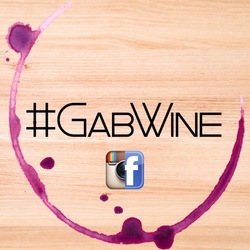









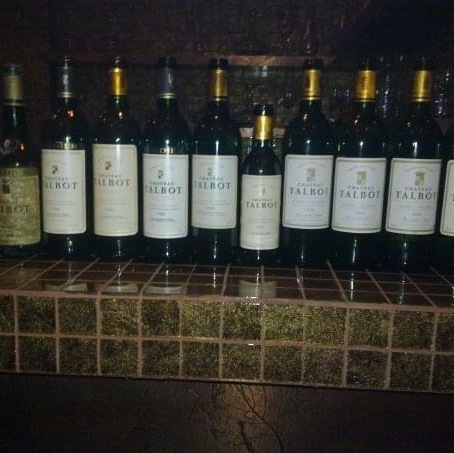

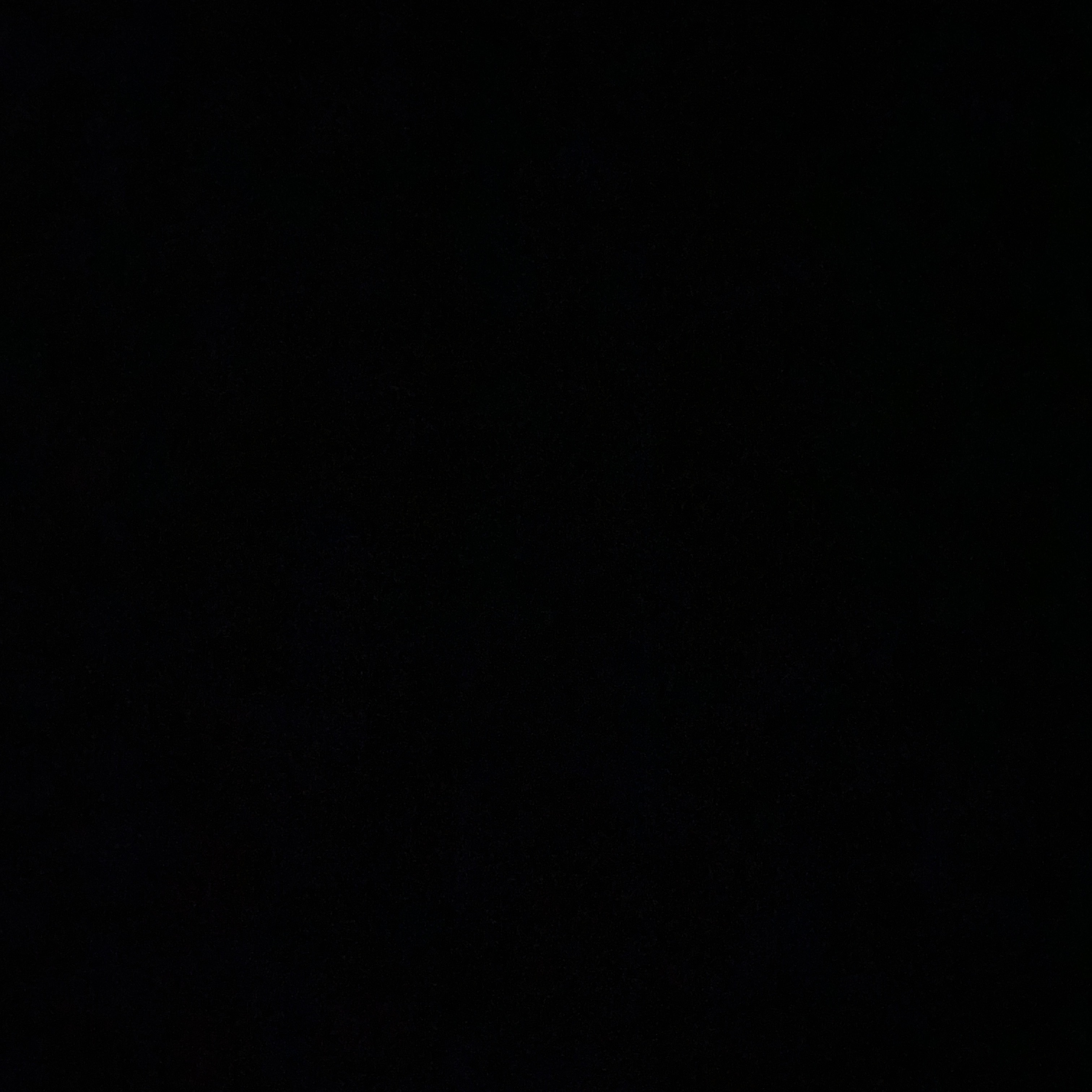
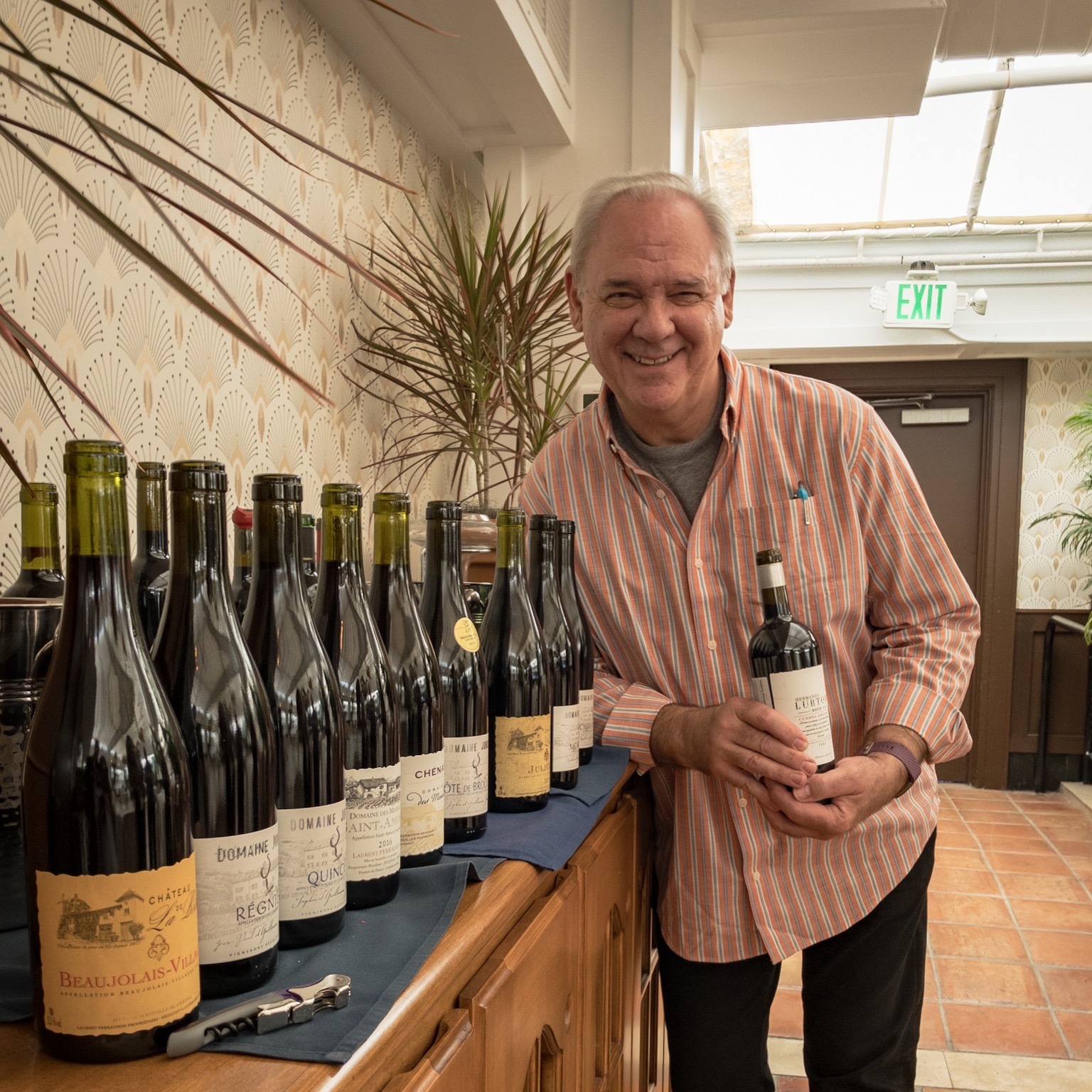
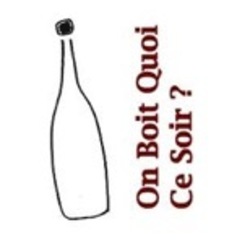

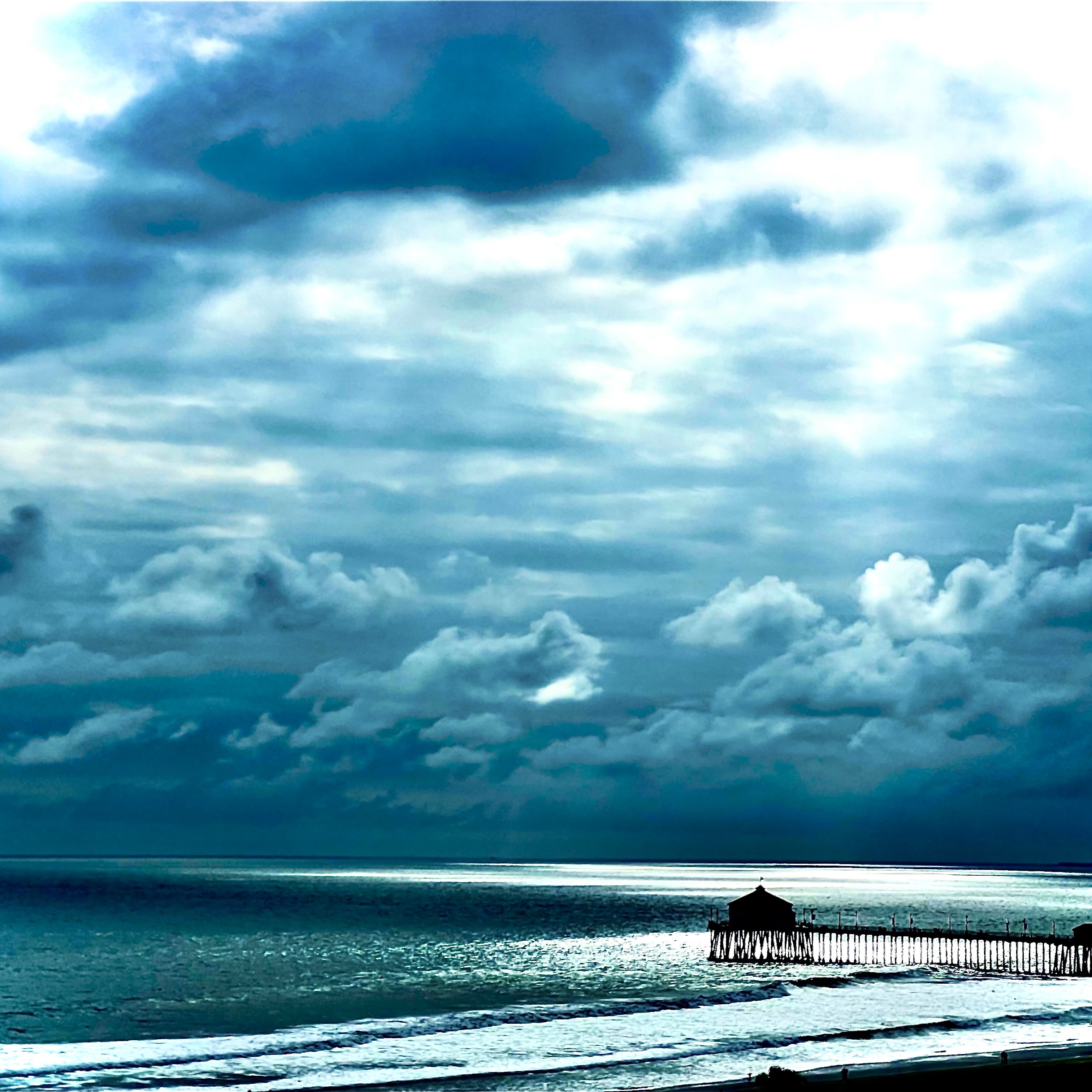

Greg Koslosky
Stunning mineral driven 100% Pinot Noir ages 10 years on the lees .restrained with incredible depth and power realty opened up with air revealing notes of apple , spice , nougat . Very dry but the pristine fruit carries thru the acidity. What a beauty . — 7 years ago